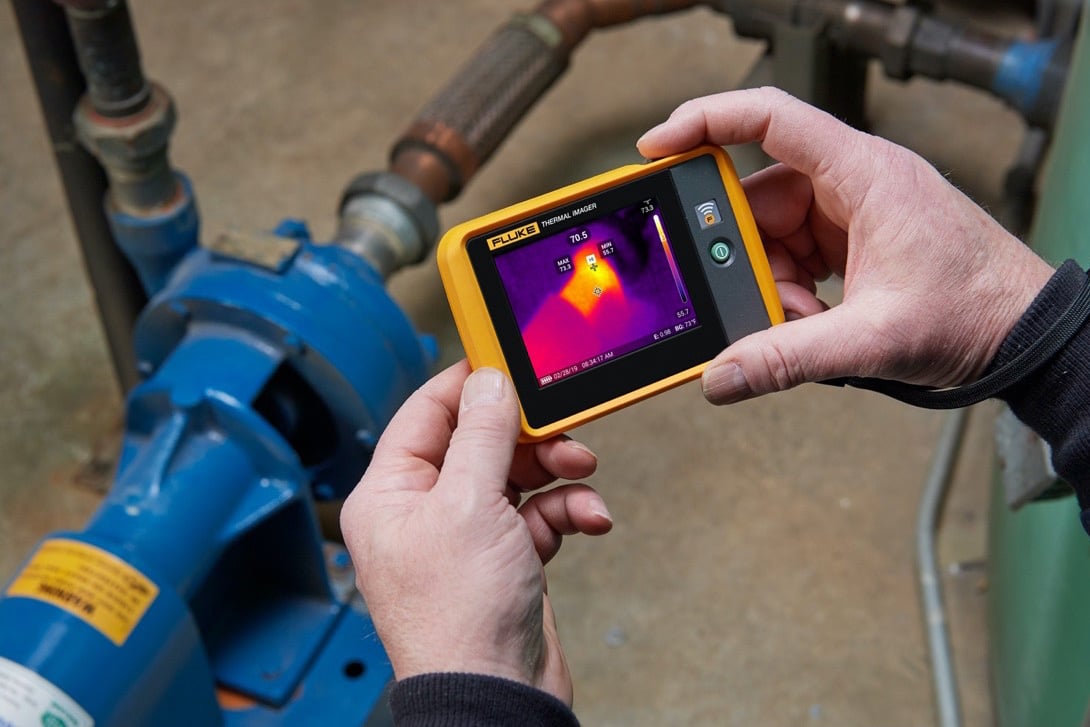Advanced Water Leak Detection Solutions for Your Home and Business
Advanced Water Leak Detection Solutions for Your Home and Business
Blog Article
Cutting-edge Solutions for Early Detection of Water Leakages in Structures and Infrastructure
As the honesty of structures and facilities is critical, the challenge of very early discovery of water leaks has stimulated innovative options that promise to change the way we guard against prospective damages. From innovative leak detection technologies to the release of IoT sensors for real-time monitoring, the landscape of leak avoidance is developing quickly. Maker discovering formulas provide a glimpse into the future of leakage forecast, while thermal imaging provides a non-intrusive approach for pinpointing covert leaks. Automated water flow analysis systems are improving just how leaks are identified and addressed, leading the way for a proactive approach to water leak detection. Each of these services holds the key to making sure the integrity and durability of our built environment, triggering a change towards a much more sustainable and reliable future.
Advanced Leak Discovery Technologies
Advanced leakage detection innovations, furnished with innovative sensors and formulas, play a critical duty in swiftly determining and identifying water leakages in numerous settings. These innovations employ a mix of acoustic, thermal, and electromagnetic sensing methods to detect leakages accurately. Acoustic sensing units discover the sound of leaving water, permitting exact localization of the leakage resource. Thermal imaging detects temperature modifications caused by water leakage, giving an additional reliable technique for leakage identification. Electro-magnetic sensing units can identify changes in electro-magnetic fields brought on by water, using yet another layer of leakage discovery ability.

IoT Sensors for Real-Time Monitoring
In the world of modern water leak detection, the combination of IoT sensors for real-time surveillance stands for a critical innovation in boosting proactive leak detection abilities. These sensing units offer continuous surveillance of water systems, providing real-time information on water flow rates, pressure variants, and temperature modifications. By leveraging IoT innovation, these sensing units can find even the tiniest abnormalities in water use patterns, enabling very early recognition of potential leaks before they rise right into significant problems.
IoT sensing units transfer data to a centralized system, where sophisticated formulas assess the details and produce signals or notices when abnormalities are found. This real-time monitoring ability enables home owners or center managers to immediately resolve leakages, minimizing water damages, minimizing repair prices, and conserving water resources.
Furthermore, IoT sensors can be integrated with building administration systems, allowing for automatic reactions to found leaks, such as shutting down water shutoffs or triggering pumps to reduce the effect of leaks. Generally, the application of IoT sensing units for real-time this hyperlink surveillance dramatically boosts the efficiency and effectiveness of water leak detection in buildings and infrastructure.
Maker Knowing Algorithms for Leakage Forecast

One key advantage of making use of artificial intelligence for leakage forecast is its capability to continuously find out and enhance its accuracy over time. As even more data is gathered and fed right into the algorithm, it can refine its predictions and adjust to changing problems, inevitably increasing the reliability of leakage detection systems.
Furthermore, artificial intelligence formulas can aid in recognizing refined indications of leakages that might go unnoticed by typical surveillance approaches. water leak detection. By evaluating complicated information sets in real-time, these formulas can supply very early warnings and notifies, enabling punctual treatment and preventive upkeep to minimize potential water damages and associated expenses
Utilizing Thermal Imaging for Leakage Detection
Thermal imaging modern technology supplies a promising technique for finding water leaks in different systems and frameworks. By utilizing infrared radiation and temperature level variances, thermal imaging electronic cameras can determine surprise leaks that are not quickly visible to the nude eye.
One of the crucial advantages of thermal imaging for leakage detection is its non-intrusive nature. On the whole, the use of thermal imaging technology enhances the effectiveness and precision of water leakage discovery, making it a valuable device for preserving the stability of structures and frameworks.
Automated Water Circulation Evaluation Systems
How can computerized water circulation analysis systems revolutionize the discovery and monitoring of leakages in different systems and infrastructures? Automated water flow evaluation systems offer a proactive method to leak discovery by continually keeping an eye on water flow rates and patterns. By developing standard data, these systems can promptly identify variances that might suggest a leak, Look At This making it possible for prompt intervention to avoid comprehensive damage.
These systems use advanced algorithms to analyze real-time data and offer instant notifies when abnormalities are spotted, permitting swift action to be taken. Furthermore, automated water circulation analysis systems can be integrated more tips here with building management systems or IoT systems, enhancing general effectiveness and allowing remote monitoring capabilities.
In addition, the data gathered by these systems can be used for anticipating maintenance purposes, aiding to determine possible powerlessness in the facilities before leaks happen. On the whole, the implementation of computerized water circulation evaluation systems can significantly boost leakage detection and monitoring practices, ultimately bring about cost financial savings, minimized water waste, and raised sustainability in buildings and infrastructure.

Final Thought
Finally, the integration of advanced leakage discovery modern technologies, IoT sensing units, maker knowing algorithms, thermal imaging, and computerized water circulation evaluation systems uses ingenious options for early discovery of water leaks in structures and infrastructure. These innovations enable real-time monitoring, forecast of leakages, and efficient detection techniques to avoid water damage and wastefulness. Executing these services can assist in preserving the integrity and sustainability of water systems in different settings.
Report this page